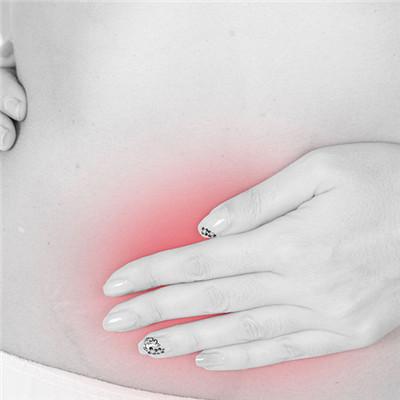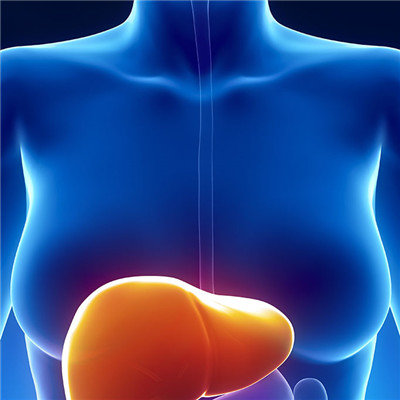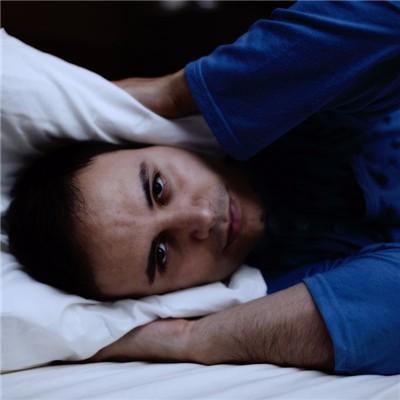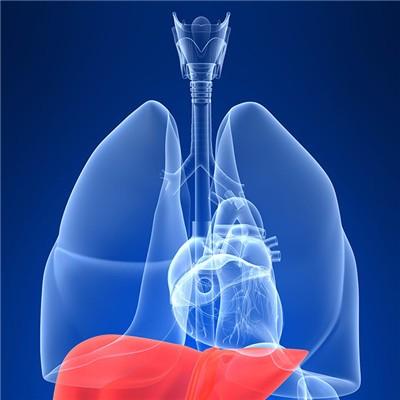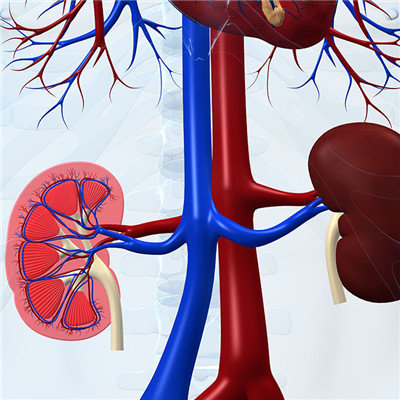How does lazy leucocyte syndrome do?
summary
Lazy leukocyte syndrome, also known as neutrophil "paralysis", due to neutrophil chemotaxis and free swimming function is not complete, resulting in abnormal granulocyte function and repeated infection, more common in children, clinical manifestations without special treatment, mainly prevention and treatment of infection. How does lazy leucocyte syndrome do?
How does lazy leucocyte syndrome do?
At present, it is believed that the cause of the disease is gene defect. Secondary neutrophil paralysis is common in rheumatoid arthritis, systemic lupus erythematosus, uremia, severe infection of myeloma, liver cirrhosis, graft-versus-host reaction, immune complex, severe eczema and other diseases. The paralysis of granulocyte may be related to the adsorption of immunoglobulin, immune complex and bacterial endotoxin on granulocyte membrane. Diabetic ketoacidosis or hyperglycemia may be due to high blood osmotic pressure.

The dysfunction of neutrophil chemotaxis affects its migration from bone marrow to peripheral blood, resulting in neutropenia. The actin monolayer in neutrophils can not polymerize to form filaments, resulting in two kinds of defects: 1; ② The fusion of particles and membrane could not be regulated. Neutrophils in patients with normal morphology and oxygen metabolism, but will not move to the inflammatory site, phagocytosis is also very poor, but in phagocytosis can release too much enzyme from the particles to the extracellular and phagosome. The monocyte function of the patient was normal.

Since birth, gram-positive or Gram-negative bacterial infections occur repeatedly, such as otitis media, stomatitis, gingivitis and low fever. Most of them are children, and most of them think that they are related to gene defects.

matters needing attention
Laboratory examination: 1. The total number of white blood cells and neutrophils in peripheral blood decreased, and lymphocytes increased relatively. 2. Bone marrow is normal. 3. There was no neutrophil aggregation, adhesion and phagocytosis in the skin window test. 4. Adrenaline and heat source of injection of bacteria can not promote the increase of granulocytes, which indicates that the release of stored granulocytes is impaired and the movement function of granulocytes is abnormal. 5. Immunoglobulin was normal. Other auxiliary examination: according to the condition, clinical manifestations, symptoms and signs, choose to do X-ray, B-ultrasound, biochemical examination. There is no special treatment, the principle is to actively find and choose strong antibiotic treatment. Bone marrow transplantation can produce normal neutrophils, which is an effective way of treatment.



